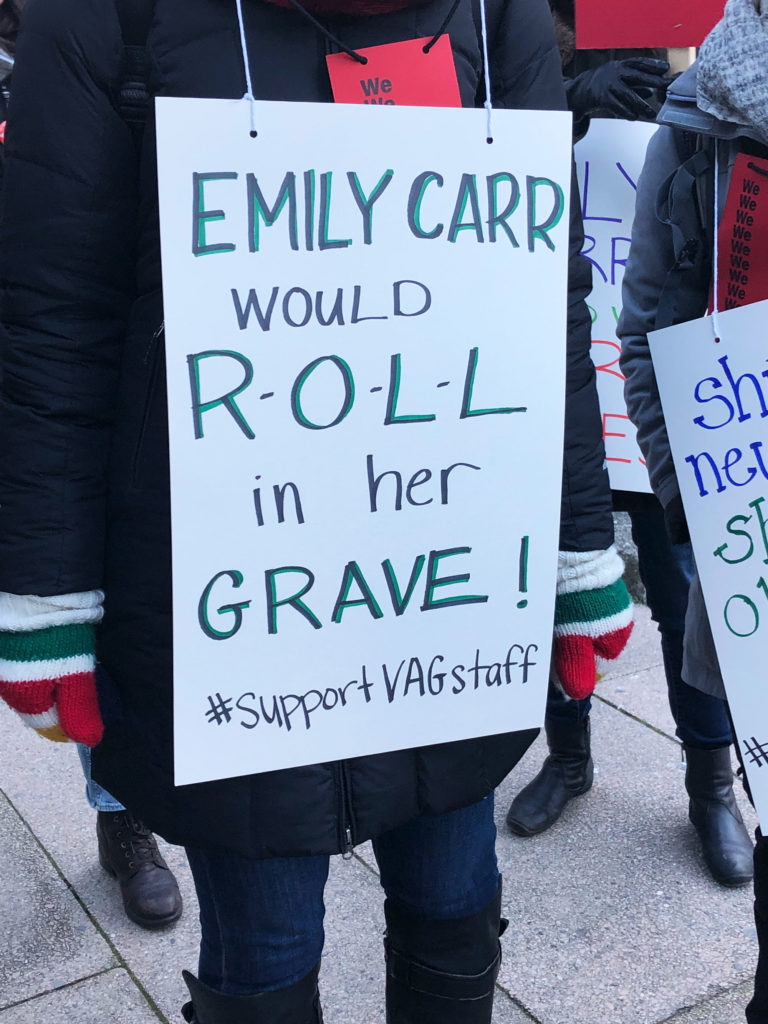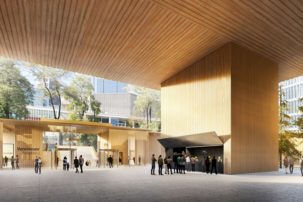Can respectful workplaces become the norm in the arts sector? One organization is trying to make it happen.
Trying for Solutions
Susan Annis, director of the Cultural Human Resources Council in Ottawa, has been working on HR issues in the Canada’s arts sector since the 1990s. Annis says that right now issues of harassment, bullying and discrimination in cultural workplaces are “urgent”—and there is growing awareness they need to be addressed.
“It’s urgent… and chronic,” Annis tells Canadian Art. On the plus side, “I think that people are more and more conscious of it; they want to prevent it.”
To that end, Annis and her colleagues at the Cultural Human Resources Council launched a special project last year called Respectful Workplaces in the Arts. Funded by the Canada Council and the Department of Canadian Heritage, the three-year project aims to, as the website puts it, “ensure that artists and arts organizations across Canada have the tools, resources and training to prevent harassment of any kind, and build respectful workplaces as the norm in the cultural sector.”
This month, for instance, the project released quick reference guides “to assist cultural organizations with implementing and sustaining compliance with harassment legislation by province and territory.”
And this week, the CHRC is releasing a new report by Canadian arts consultant Jeanne LeSage. In it, LeSage—who has worked at the Toronto International Film Festival, the Kennedy Center for Performing Arts, and Royal Opera House Muscat—recommends that the Canadian arts sector “establish a confidential, independent, third-party sector-wide resource for the complainants, respondents and witnesses of workplace harassment,” among other measures.
Part of LeSage’s new recommendations, like the anonymous tipline idea, are aimed at supporting arts and culture workers in reporting workplace issues safely. And another part of the new recommendations are aimed at helping arts and culture employers navigate workplace investigations and developing needed policies.
“We need a way to help employers respond to [workplace complaints] with investigations, because that can be a huge expense—it can really knock a small organization sideways… and legal costs can be even higher,” says Annis.
Among the other recommendations in the new CHRC report out this week are developing some means of providing financial support to individuals for legal fees, and creating a complaint response checklist or decision tree for employers.
“There was considerable feedback that most employers do not have the expertise, time or structure to carry out a fair, unbiased investigation [of workplace complaints] and that employers should be encouraged and incentivized to carry out third-party investigations when appropriate,” LeSage writes in her report. She recommends, for instance, that a list be created of lawyers, mediators and investigators familiar with each arts sector so that those resources are at the ready when needed.
Creation of a code of conduct for arts organizations—art galleries and museums included—is also crucial moving ahead, says Annis. “A code of conduct is a really good way of establishing a respectful workplace,” says Annis. She points out such codes have been developed for the screen-based industries in Canada, as well as for the music industry—but don’t yet exist for visual arts or performance arts in Canada.
Back in Vancouver, curator Grant Arnold says that he, too, is aware of sector-wide issues, and the need to resolve them: “I don’t think our situation is unique,” says Arnold of his labour concerns at the Vancouver Art Gallery. “I think it probably applies to a lot of other institutions.”

 A sign on the picket line at the Vancouver Art Gallery during a recent strike. Some workers say that even post-strike, significant concerns remain.
A sign on the picket line at the Vancouver Art Gallery during a recent strike. Some workers say that even post-strike, significant concerns remain.







